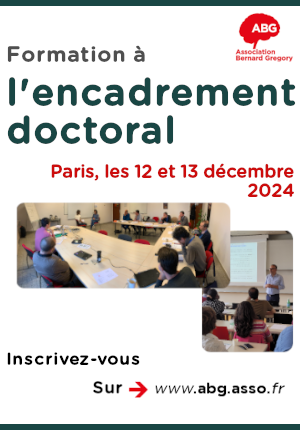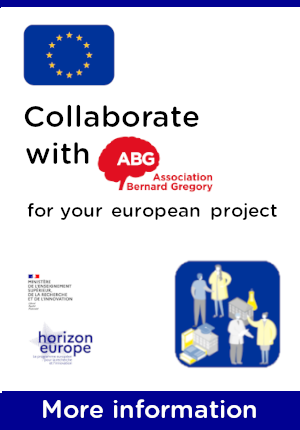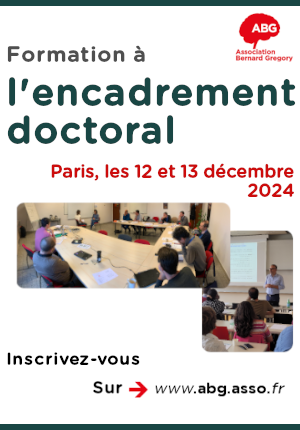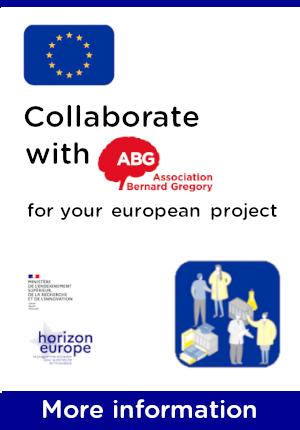3D Micro and nano-structured materials for photonics
| ABG-125078 | Emploi | Niveau d'expérience indifférent |
| 11/07/2024 | CDD 12 Mois | > 25 et < 35 K€ brut annuel |

- Chimie
Employeur
The Bordeaux Institute of Condensed Matter Chemistry is a joint research unit (UMR5026) of the CNRS, the University of Bordeaux and Bordeaux INP. With its scientific expertise in solid state chemistry, materials science, and chemistry & processes, the ICMCB is involved in the development of new concepts in material chemistry and physics, to synthesize, shape, investigate and recycle emerging materials for energy, for environment and health and for electronics and photonics.
Site web :
Poste et missions
The subject concerns the fabrication of micro-structured photonic materials. Glass turns out to be a material of choice thanks to its intrinsic transparency if one can locally control the optical properties in 3D (refractive index, absorption, emission) and this at different scales: on the micron scale corresponding to that of the wavelength, but also on few tens of nanometers. 2D/3D nano-structuring will allow developing artificial materials with new or enhanced properties necessary for integrated optics. It would open the way to “freeform” optical systems that will combine different functions in a single component. Recently, several research groups have demonstrated that Laser glass interaction using specially designed photosensitive materials is a promising approach for developing 3D structured optical components.
Different approaches for 3D printing of optical components have been developed, including: (i) Light Exposure-Based Additive Technologies: Light interacting with photosensitive materials can be exploited to produce patterns with micrometric or sub-micrometric resolution; (ii) 3D Printing by Extrusion: 3D printing by extrusion of materials allows consecutively depositing layer based objects; (iii) Solution-Based technology: Printing of 3D silica based objects with the use of silica nanoparticles dispersed in organic monomers or polymers was reported by stereolithography followed by high temperature treatment for the organic components removal. Despite the progress achieved, these methods failed to address critical issues: (i) keep optical properties of the materials, (ii) maintain the spatial resolution required for manufacturing optical components. Among the different approach 3D structuring by laser of photosensitive materials remains the best approach for insuring high optical quality of the resulting optical component.
The project proposed will focus on the development of adapted novel photosensitive oxide glass for fabricating 3D structured photonic component. The candidate will be part of a multidisciplinary consortium gathering physicists specialist in femtosecond laser interaction and chemists aiming to develop photosensitive materials and 3D structure. The post doctoral position will focus on the development of photosensitive materials and the characterization of photo-induced 3D structures written by Laser.
Mobilité géographique :
Télétravail :
Prise de fonction :
Profil
Material chemistry,
Material science,
PhD Level
Objectifs
Synthesis of photosensitive glass and characterization of 3D structured materials
Vous avez déjà un compte ?
Nouvel utilisateur ?
Vous souhaitez recevoir nos infolettres ?
Découvrez nos adhérents
 Groupe AFNOR - Association française de normalisation
Groupe AFNOR - Association française de normalisation  Nokia Bell Labs France
Nokia Bell Labs France  ADEME
ADEME  Institut de Radioprotection et de Sureté Nucléaire - IRSN - Siège
Institut de Radioprotection et de Sureté Nucléaire - IRSN - Siège  ONERA - The French Aerospace Lab
ONERA - The French Aerospace Lab  MabDesign
MabDesign  Institut Sup'biotech de Paris
Institut Sup'biotech de Paris  Ifremer
Ifremer  PhDOOC
PhDOOC  Aérocentre, Pôle d'excellence régional
Aérocentre, Pôle d'excellence régional  CESI
CESI 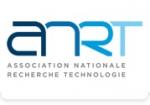 ANRT
ANRT  Généthon
Généthon  Tecknowmetrix
Tecknowmetrix  Laboratoire National de Métrologie et d'Essais - LNE
Laboratoire National de Métrologie et d'Essais - LNE  SUEZ
SUEZ  CASDEN
CASDEN  MabDesign
MabDesign 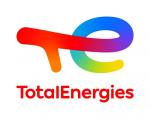 TotalEnergies
TotalEnergies
-
EmploiCDIRef. ABG125568Cours GalienStrasbourg - Grand Est - France
Résponsable pédagogique études médicales
Biologie - Santé, médecine humaine, vétérinaireNiveau d'expérience indifférent -
Sujet de ThèseRef. ABG125548Centre de Recherche en CardioVasculaire et Nutrition (C2VN) - INSERM 1263 - INRAE 1260 - Aix-Marseille universitéMarseille - Provence-Alpes-Côte d'Azur - France
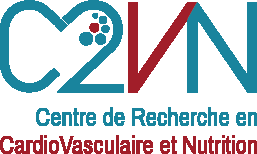
Mechanisms involving neutrophils in Venous Thrombosis / Etude des mécanismes impliquant les neutrophiles dans la thrombose veineuse
Biologie -
EmploiCDIRef. ABG123642Laboratoire des Courses Hippiques (GIE LCH)Verrières-le-Buisson - Ile-de-France - France

Chargé(e) de Recherche et Innovation (H/F) / Senior Scientist Research & Innovation (M/F)
Chimie - BiochimieConfirmé


